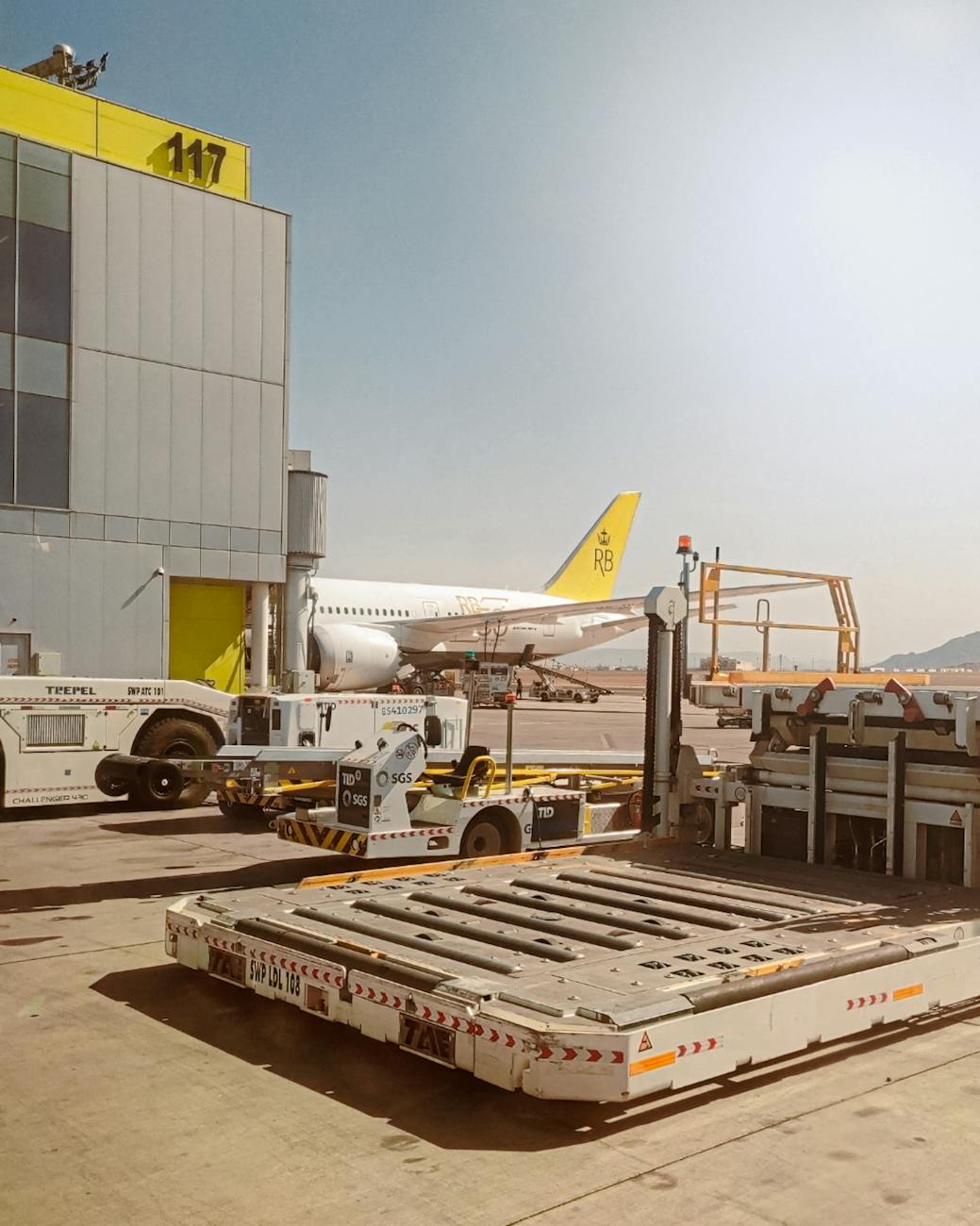The global aerospace industry just witnessed a truly astonishing turn of events from one of its titans. While investors braced for potential financial headwinds, a surprising report has revealed a significant stabilization in the company’s financial operations, marking a pivotal moment in its recent history. Yet, this positive momentum comes hand-in-hand with a staggering $4.9 billion charge, directly tied to ongoing challenges and delays with a highly anticipated next-generation widebody aircraft program.
Turning the Tide: A Remarkable Financial Stabilization
For the first time since 2023, the prominent aircraft manufacturer has successfully halted its operational cash outflow, signaling a remarkable shift in its financial trajectory. This crucial development suggests that strategic initiatives aimed at optimizing production, managing supply chains, and streamlining operations are beginning to bear fruit. Achieving a positive cash flow is a monumental milestone for any large-scale enterprise, especially one navigating the complexities of modern aerospace manufacturing, and it offers a glimmer of hope for sustained financial health.
The Staggering Cost of Progress: Navigating Advanced Aircraft Program Delays
However, the impressive financial turnaround is tempered by a substantial financial blow related to one of its most ambitious projects: the development of a cutting-edge long-range jet. The company has incurred a formidable $4.9 billion charge due to persistent delays affecting this crucial program. These setbacks highlight the inherent difficulties and immense capital investment required in bringing new, complex aircraft to market, often encountering unforeseen technical hurdles, regulatory challenges, and supply chain disruptions that push timelines and significantly escalate costs.
Looking Ahead: Balancing Recovery with Future Commitments
The recent financial disclosures paint a dual picture of an aerospace powerhouse working diligently to stabilize its core operations while grappling with the immense financial and logistical burdens of advanced aircraft development. The ability to stem cash burn signals a robust effort towards recovery, but the substantial charge on its next-generation widebody project underscores the long road ahead in delivering on its future commitments. Investors and industry observers alike will be closely watching how the company navigates this complex landscape, balancing newfound financial stability with the demanding requirements of pioneering aerospace innovation.

Leave a Reply